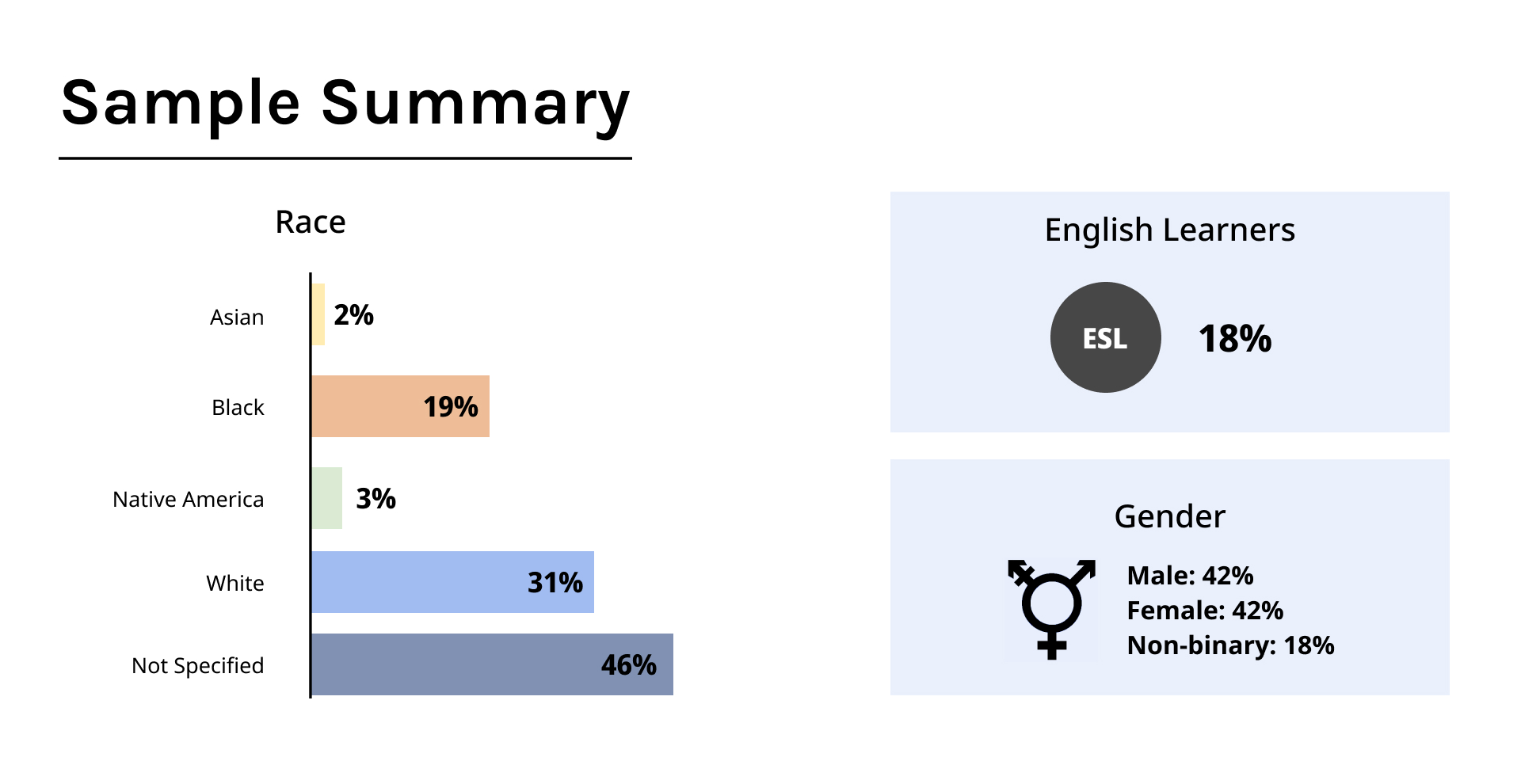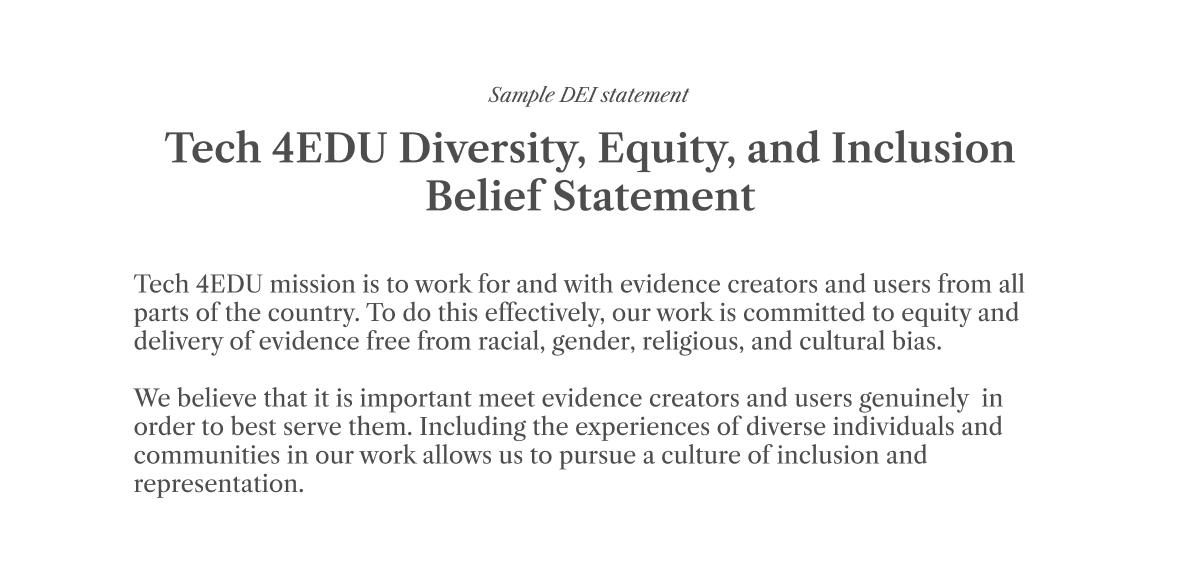Trust is an important component of your relationship with current and potential users of your services. Fostering trust in your brand can help you to disseminate your research and make sure it reaches the right audience. In this tool, our emphasis is on cultivating trust within your audience by ensuring that your organization is perceived as caring, consistently competent, and honest.
This type of trust is a crucial element both in convincing current non-users to engage with your organization and the evidence you create in the first place. Equally, trust is important in retaining previous users and building a lasting relationship with them. As such, this tool will ultimately provide you with the key strategies on how to present information in a trustworthy manner.
To get the most out of this tool, we recommend going through the sections in the order they are presented. For a lighter lift engagement on fostering audience trust, we recommend you explore the last two sections on strategies to foster trust and our comprehensive checklist.





















